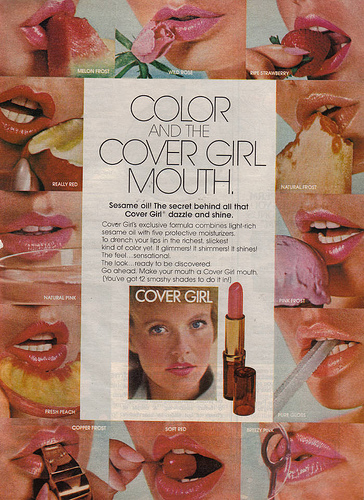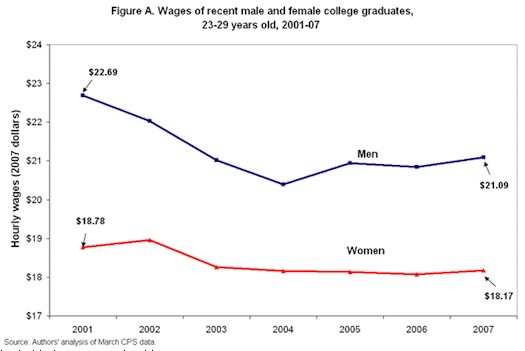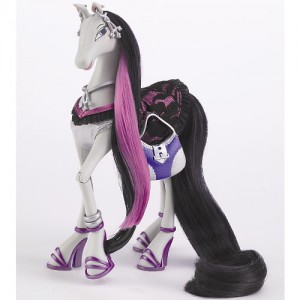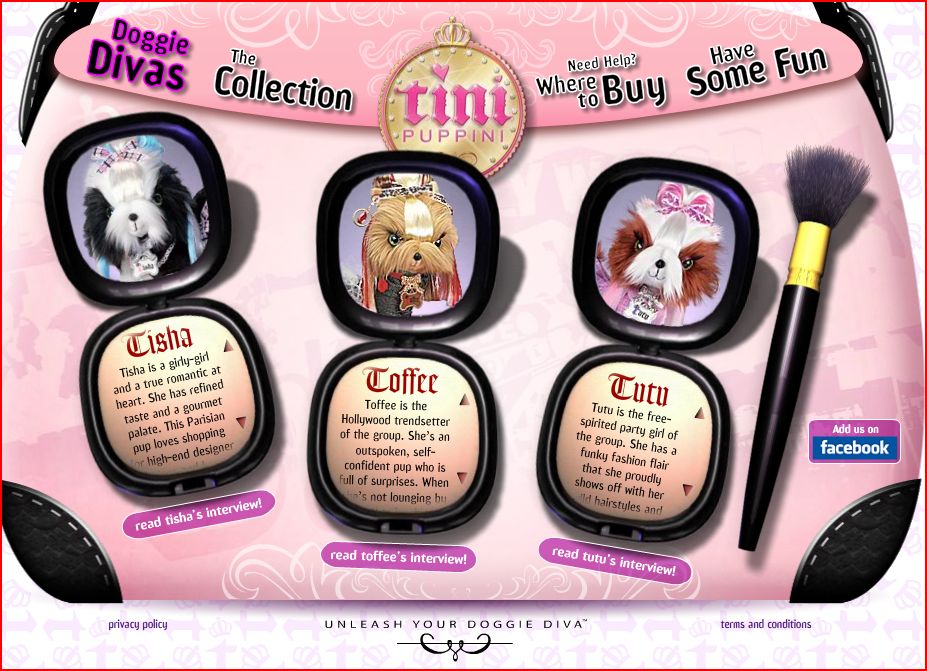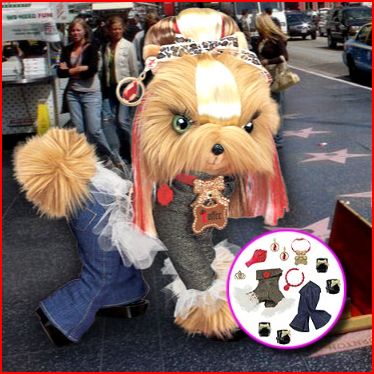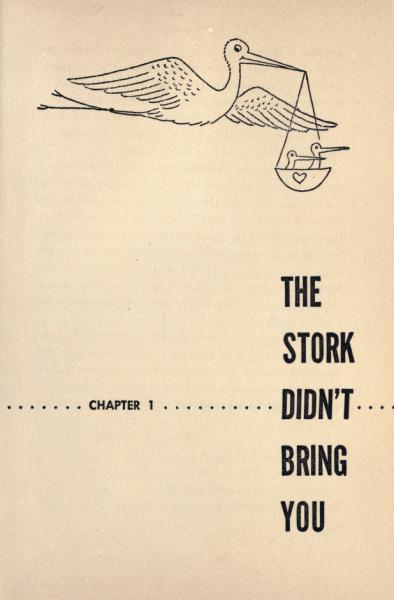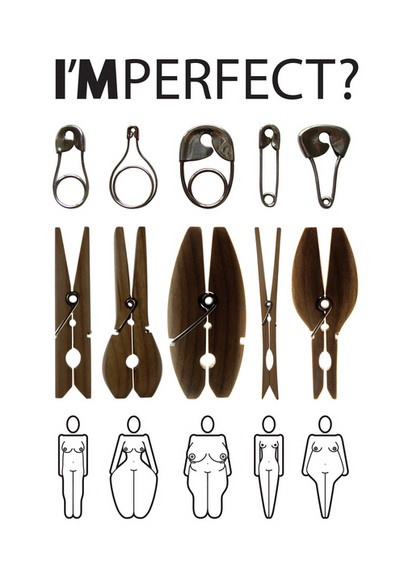Disclosure: My dissertation, called “Female Genital Mutilation” in the American Imagination, is about how different U.S. constituencies (mainly doctors, activists, journalists, and academics) have framed female genital cutting over the past 30 years. I offer this context for the images below (submitted by Craig C. and Breck and found via boingboing and adsoftheworld):
There is great conflict among feminist activists over how to go about decreasing the prevalence of “female genital cutting,” better known to most as “female genital mutilation.” One of the reasons for this conflict is the tendency of “Western” feminists to impose their own worldview onto communities where we find cutting (mostly among some ethnic groups in Africa, but also found in the Middle East and Asia). For example, the importance of sexual pleasure derived from the clitoris, and the relationship between orgasm and women’s liberation, is a central tenent of post-second wave feminism in the West. From this perspective, reduction of the external clitoris (clitorectomy) appears particularly horrendous and an obvious sign of women’s oppression. However, many women who are part of communities where cutting occurs find this logic to be irrelevant to their lives. Sexual pleasure takes a backseat to the benefits that come with cutting for the women themselves (group membership, attainment of adult female status, marriageability, becoming fully feminine — it varies tremendously, but be sure that the practices are important and meaningful in their own contexts). In any case, if “Western” feminists are going to try to “help” women in other parts of the world, many women say they’d much rather have clean drinking water and freedom from penalizing economic policies imposed by the U.S., than sexual pleasure. (I should point out, by the way, that whether and which and how much genital cutting practices actually do eliminate sexual pleasure and orgasm is hotly debated.)
These images are part of a campaign to raise awareness about and opposition to female genital cutting in Spain (I editorialize below):



I try not to get too emotional on this blog, but this hits me right where it hurts, and I find these images utterly appalling. The idea, of course, is that when women’s sexual pleasure has been excised (and remember, this is a controversial assumption) they feel nothing, but the implication is that they ARE nothing. These ads suggest that women who have experienced genital cutting are equivalent to fuck toys. Everything else about them disappears in these ads. They are completely defined by the status of their genitals, and the status of their genitals is the status of their souls. Even if it is true that these women no longer experience clitoral orgasm, or even experience pain during intercourse, they are still multidimensional human beings who love others and are loved by those around them for their uniqueness and individuality… yes, even the men they sleep with.
What a horribly offensive ad campaign. The fact that it is likely made for people in Spain and may never be seen by women who are genitally cut makes it no less offensive. Instead, it is an excellent example of the kind of ethnocentric, arrogant transnational activism that makes people in the West look like total assholes.
I should clarify: I am making these observations as a sociologist, not as an activist. I do have opinions about various sorts of male and female genital cuttings, but that’s not my point here. My point is not whether or not FGCs are oppressive to women or whether individuals in the West should be involved in eradication efforts. My point is to interrogate how we go about expressing opposition and intervention. There are many ways in which to go about this. As you can tell, I do not particularly like this one.
UPDATE: Racialicious made my day when they asked to repost this post on their own blog. It is well worth taking a look at how different the comments are here versus there and thinking about what that means.




